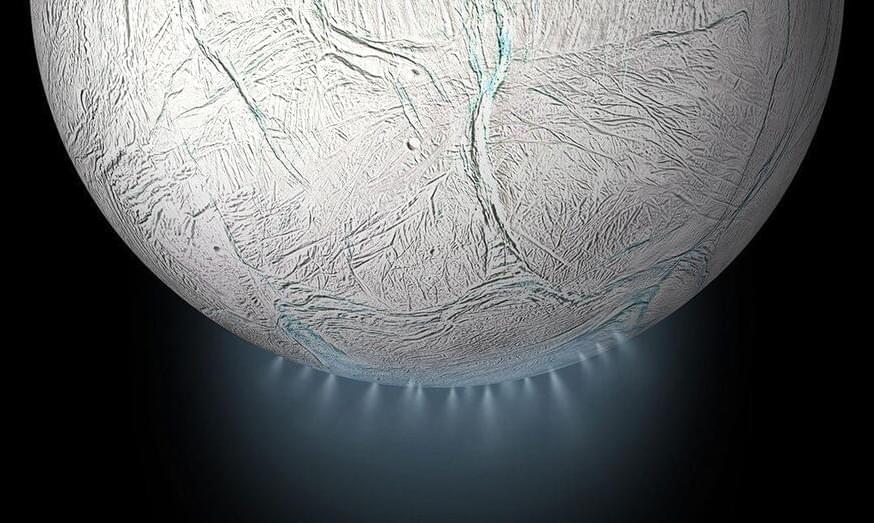Can amino acids, the key building blocks of life, survive high-speed impacts from a spacecraft orbiting another world? This is what a recent study published in The Proceedings of the National Academy of Sciences (PNAS) hopes to find out as a team of researchers at the University of California San Diego (UCSD) conducted laboratory experiments to see if biosignature molecules identified in the plumes of Saturn’s icy moon, Enceladus, by NASA’s Cassini spacecraft could survive hypervelocity impacts experienced by Cassini passing through the plumes. This study is a first-of-its-kind to investigate how extraterrestrial plumes can be analyzed and holds the potential to help researchers develop more efficient techniques for finding extraterrestrial life beyond Earth.
For the study, the researchers used the custom-built Hypervelocity Ice Grain Impact Mass Spectrometer to investigate if ice grains being shot out of Enceladus’s plumes at 800 mph (400m/s) could have survived after striking Cassinis’ detectors, which were estimated between 4 to 10.9 mi/s (6.5 to 17.5 km/s). For the tests, the team shot water through a needle at a high voltage, which caused it to break down into droplets followed by them entering a vacuum where they freeze, and the team used the spectrometer to measure the results of the grains impacting a microchannel plate detector. The results demonstrated that amino acids within ice grains could survive up to impacts of 2.6 miles per second (4.2 km/s), which the team says could serve as a baseline for sampling such plumes.
“To get an idea of what kind of life may be possible in the solar system, you want to know there hasn’t been a lot of molecular fragmentation in the sampled ice grains, so you can get that fingerprint of whatever it is that makes it a self-contained life form,” said Dr. Robert Continetti, who is a Distinguished Professor of Chemistry and Biochemistry at UCSD and a co-author on the study. “Our work shows that this is possible with the ice plumes of Enceladus.”
